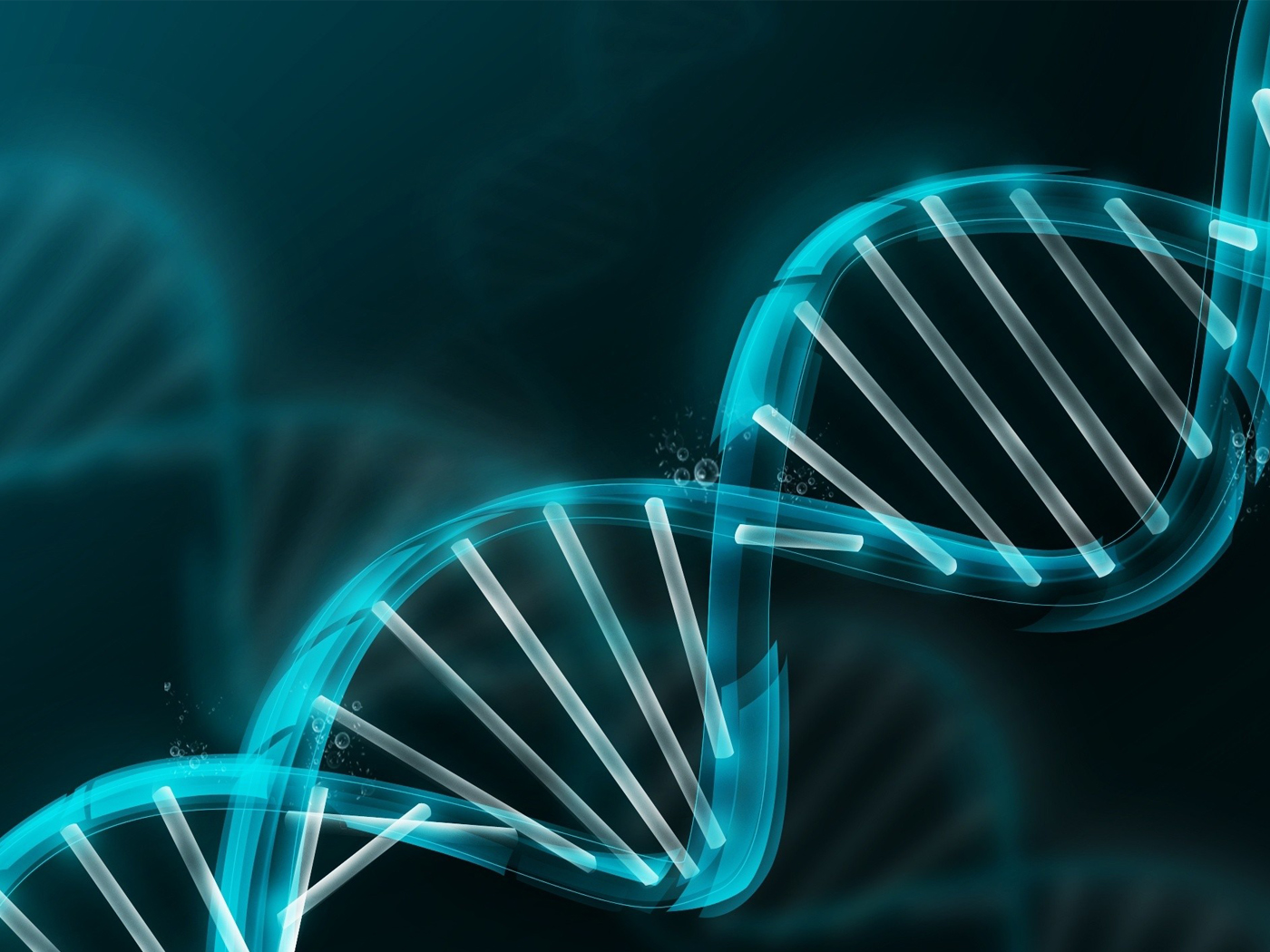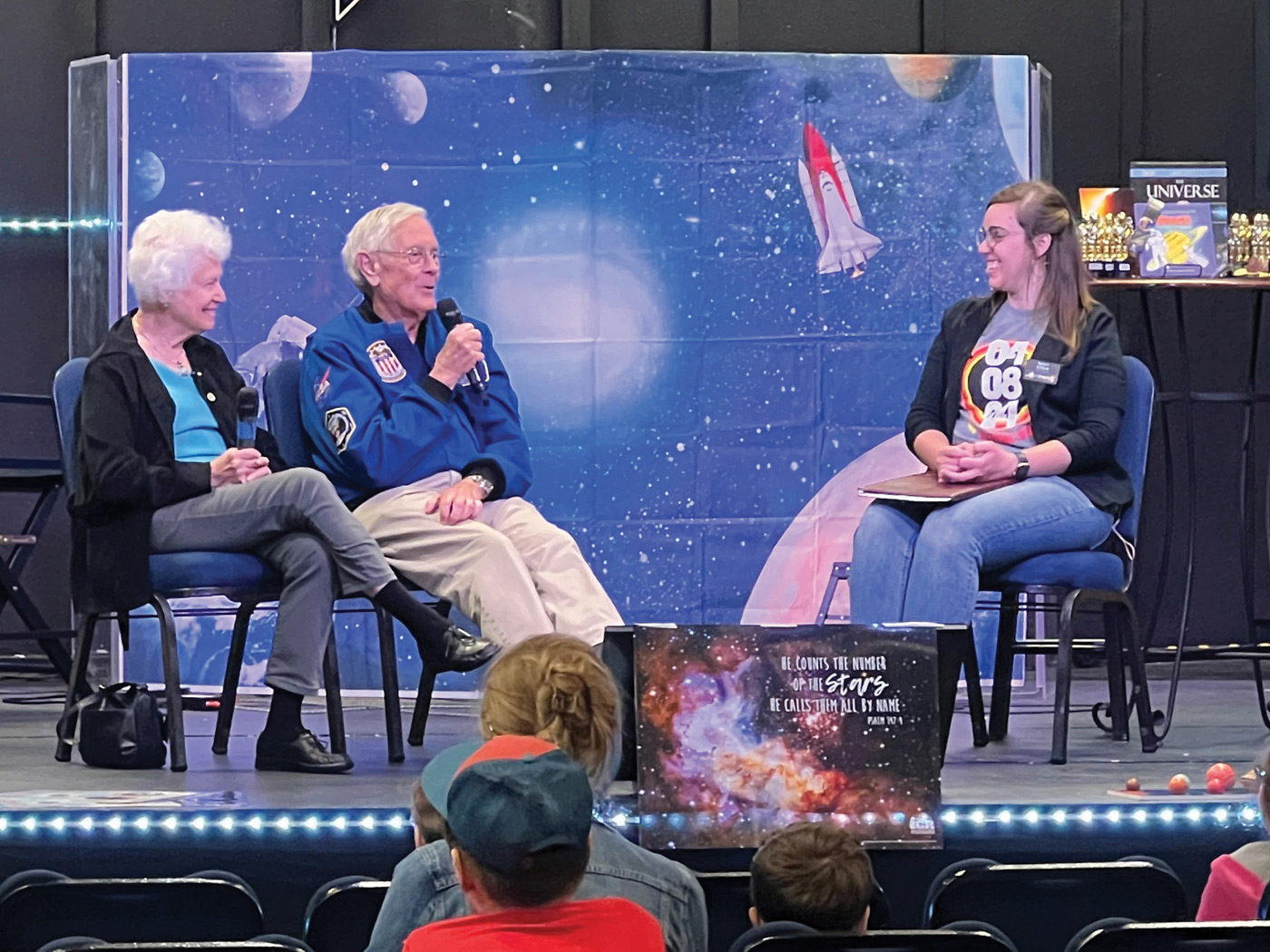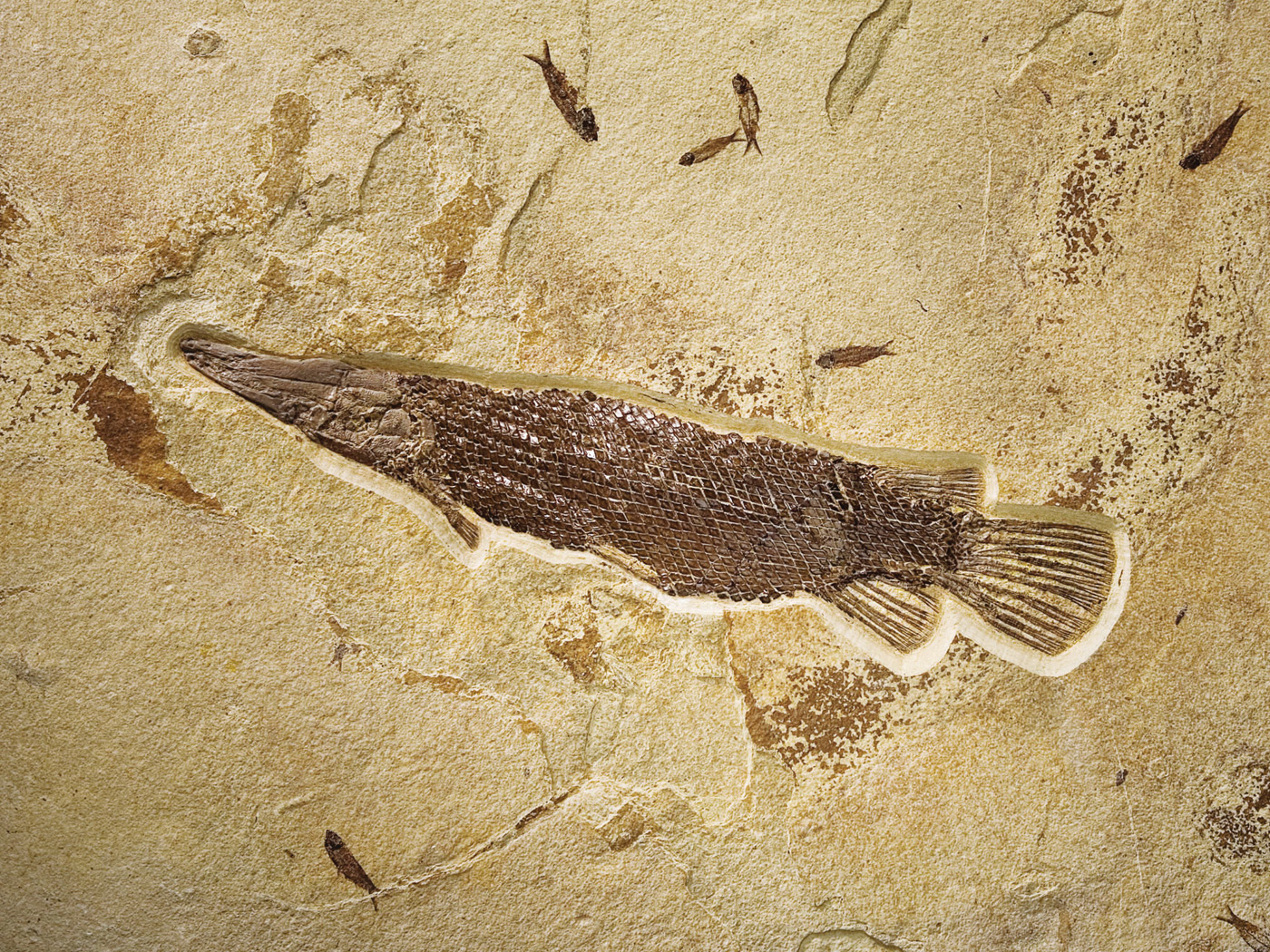Researchers from MIT and the University of Massachusetts Medical School recently characterized a group of genes in humans and other mammals that not only defies evolutionary models but vindicates the Bible’s prediction of the uniqueness of created kinds with distinct genetic features.1
Even though less than five percent of the human genome codes for protein, scientists have discovered that our genome is pervasively transcribed (expressed) in an amazing array of RNA molecules.2,3 And the transcribed regions of the genome located outside the protein-coding areas encode many unique types of genes that produce RNAs used directly by the cell. An important category of these RNAs is the “long intergenic non-coding RNAs” or lincRNAs that have the same type of control structures and features as protein-coding genes.
It is now known that lincRNA genes are critical to cell function, with some even being completely lethal when experimentally disabled in mice.4,5 Because scientists have known for several years that lincRNA genes are more specific to different kinds of creatures than protein-coding genes, they have begun to use them to test evolutionary predictions.6
Publishing in the journal Genome Research, the team examined the expression of 1,898 different lincRNA genes in different types of tissues in humans, chimps, macaques, cows, mice, and rats.1 Amazingly, only 80 percent of the human lincRNA genes had counterparts expressed in chimp tissue and only 63 percent were expressed in macaque tissue. These differences are completely outside the evolutionary paradigm and popular rhetoric that claim the human and chimpanzee genomes are nearly identical.
Interestingly, this newly reported research parallels a study recently completed by this author using three different lincRNA data sets. These represent over 50,000 different regions of the human genome, and their sequence was compared to the chimp genome (data not yet published).6 Depending on the data set, all known human lincRNA regions of the genome were found to be only 67 percent to 79 percent similar in their DNA sequence compared to the chimp genome. These findings correlate closely with the lincRNA gene expression results in Genome Research.1
Over 20 percent of human lincRNAs are dissimilar between humans and chimps and therefore have no evolutionary history—they appear suddenly and fully functional in the human genome. While the evolutionary model once again fails to predict this incredible genetic discontinuity, the creation model accurately forecasts that all creatures are uniquely created after their kind, a prediction evident in the structure and function of the human genome.
References:
- Washietl, S., M. Kellis, and M. Garber. Evolutionary dynamics and tissue specificity of human long noncoding RNAs in six mammals. Genome Research. Posted on genome.cshlp.org January 15, 2014, accessed February 15, 2014.
- Clark, M. B. et al. 2013. The dark matter rises: the expanding world of regulatory RNAs. Essays in Biochemistry. 54 (1): 1-16.
- Hangauer, M. J., I. W. Vaughn, and M. T. McManus. 2013. Pervasive Transcription of the Human Genome Produces Thousands of Previously Unidentified Long Intergenic Noncoding RNAs. PLoS Genetics. 9 (6): e1003569.
- Sauvageau, M. et al. 2013. Multiple knockout mouse models reveal lincRNAs are required for life and brain development. eLife. 2: e01749.
- Tomkins, J. 2014. Mouse Study Shows “Junk DNA” Is Actually Required. Creation Science Update. Posted on icr.org January 15, 2014, accessed February 15, 2014.
- Tomkins, J. 2014. Using ENCODE Data for Human-Chimp DNA Comparisons. Acts & Facts. 43 (1): 9.
* Dr. Tomkins is Research Associate at the Institute for Creation Research and received his Ph.D. in genetics from Clemson University.
Article posted on February 26, 2014.























